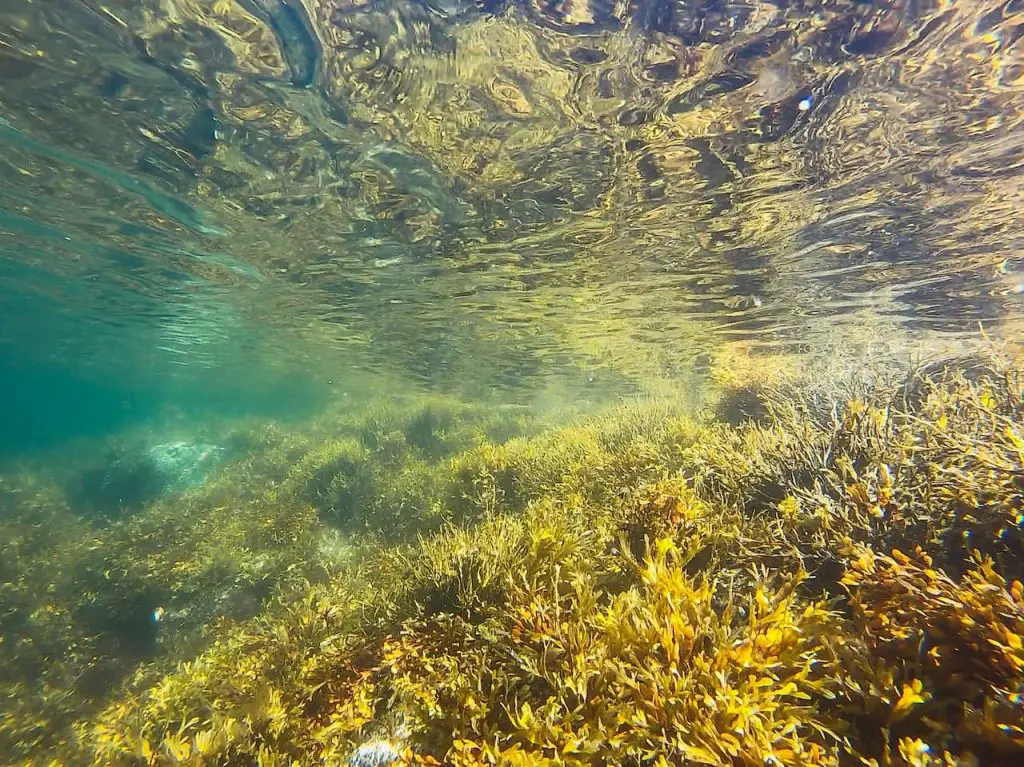What Eats Kelp?
Categories
- Accipitridae (1)
- Acrididae (1)
- Algae (2)
- Alligatoridae (1)
- Amoebidae (1)
- Amphibians (3)
- Anatidae (1)
- Anguillidae (1)
- Arachnids (2)
- Bears (2)
- Big Cats (3)
- Birds (13)
- Bovidae (5)
- Bufonidae (1)
- Camelids (1)
- Cameras (1)
- Canines (13)
- Caridea (1)
- Carnivora (10)
- Castoridae (1)
- Cats (5)
- Cebidae (1)
- Cephalopod (1)
- Cervidae (2)
- Cetacean (1)
- Chondrichthyes (1)
- Crocodilia (2)
- Crustaceans (4)
- Culicidae (1)
- Cyaneidae (1)
- Dasypodidae (1)
- Dasyurids (1)
- Deer (1)
- Delphinidae (1)
- Desktop (1)
- Didelphidae (1)
- Dinosaurs (1)
- Dogs (13)
- Dolphins (2)
- Echinoderms (1)
- Education (10)
- Elephantidae (1)
- Equine (1)
- Erethizontidae (1)
- Erinaceidae (1)
- Farming (1)
- Felidae (5)
- Fish (5)
- Food Chain (31)
- Food Web (2)
- Formicidae (1)
- Frugivore (1)
- Gaming (1)
- Gastropods (1)
- Giraffids (1)
- Great Apes (2)
- Health Conditions (3)
- Herbivore (4)
- Hi-Fi (1)
- Hippopotamidae (1)
- Hominidae (1)
- Insects (10)
- Invertebrates (2)
- Keyboards (1)
- Laptops (1)
- Leporidae (1)
- Mammals (23)
- Marsupials (4)
- Mephitidae (1)
- Microchiroptera (1)
- Mollusks (2)
- Mongoose (1)
- Muridae (1)
- Nocturnal Animals (1)
- Odobenidae (1)
- Omnivore (2)
- Phasianidae (1)
- Phocidae (1)
- Plankton (1)
- Plants (2)
- Primate (1)
- Ranidae (1)
- Reptiles (7)
- Rhinocerotidae (1)
- Rodents (5)
- Salamandridae (1)
- Scarabaeidae (1)
- Sciuridae (2)
- Sharks (1)
- Shellfish (1)
- Sound (1)
- Spheniscidae (1)
- Suidae (1)
- Superfamily Papilionoidea (1)
- Theraphosidae (1)
- What Eats (5)
Kelp may look like a long seaweed, but its actually an alga (singular of the word “algae.”)
In many parts of the ocean, kelp is an important part of the food web, because many creatures eat it. In addition, kelp often forms dense “forests” where fish can hide from their predators.
Many species or kinds of fish eat kelp. Kelp is also eaten by a lot of invertebrate species. (Invertebrates are animals without backbones.)
Invertebrates that eat kelp include snails and shellfish such as crabs, sea urchins and abalone.
These shellfish are themselves eaten by other creatures. For instance, in the Pacific Ocean off the West Coast of the United States, sea otters eat a lot of abalone. Without kelp, there would be no abalone, and without abalone, sea otters would go hungry.
Table of Contents
ToggleIntroduction
Kelp is a type of seaweed that plays a vital role in marine ecosystems, serving as an important food source for many animals. Enriched with vitamins and minerals, kelp is a great source of nutrients, providing essential iodine for the thyroid gland and alginates that have anti-inflammatory properties. The presence of kelp in the ocean is not only beneficial for the creatures that consume it, but it also contributes to the overall health and stability of marine environments, particularly in the formation of dense kelp forests where fish can hide from predators.
What Eats Kelp?
Kelp is consumed by a variety of marine animals, including sea urchins, abalones, certain fish species, and even some invertebrates. These creatures rely on the nutrients in kelp to maintain a healthy diet, and in turn, they help regulate the growth of kelp in their ecosystems. However, the consumption of kelp by these animals can sometimes lead to an imbalance, especially if the predators of these kelp eaters are not present in sufficient numbers.
Starfish
Starfish, with their intricate and exquisite designs, are another predator of kelp. There are over two thousand species of starfish worldwide, and none of them have brains or blood. While some starfish species are toxic, others are not. Starfish feed on kelp and other submerged plants, and if they cannot find live plants, they will settle for decayed plants on the seafloor. The sunflower starfish, in particular, is known for preying on sea urchins, helping to maintain the balance of the ecosystem by controlling sea urchin populations.
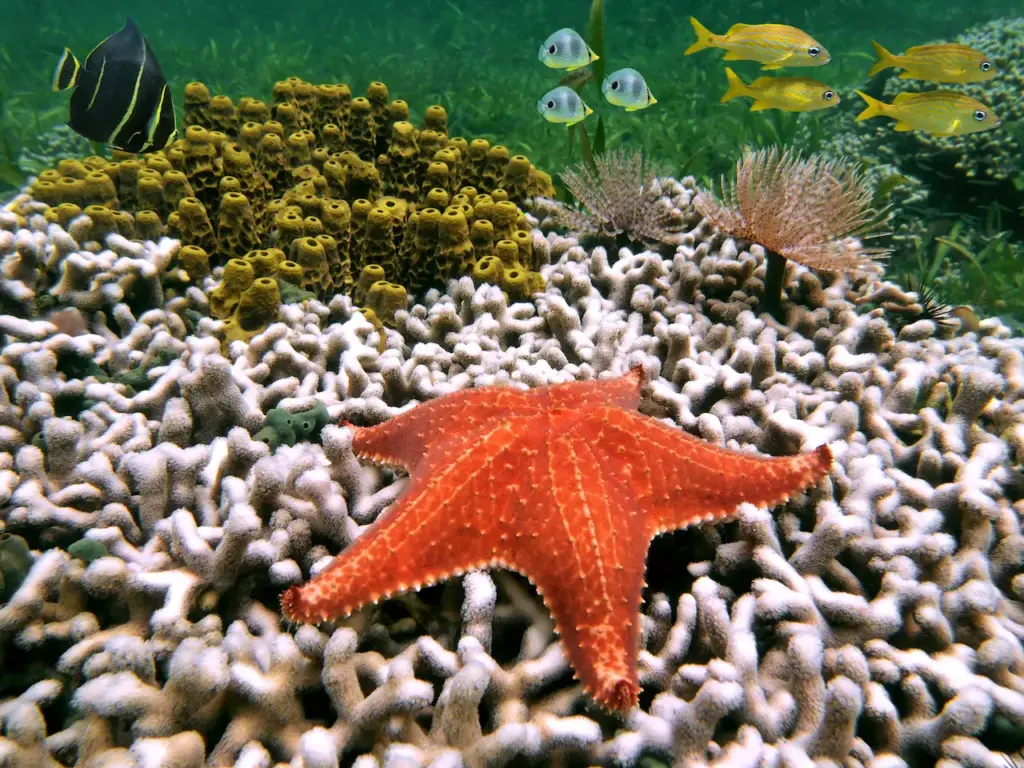
Starfish Underwater with Fishes
Bristle Worms
Bristle worms are another predator of kelp, known for their small, hair-like strands that cover their bodies, which can prickle when touched. These worms live in reefs and are one of the main consumers of kelp. While they help reduce the excessive amount of algae in the water, bristle worms can also contribute to the degradation of kelp forests if their populations are not controlled. Predators of bristle worms, such as snails, shrimps, and crabs, play a vital role in maintaining the balance of these ecosystems by keeping bristle worm populations in check.
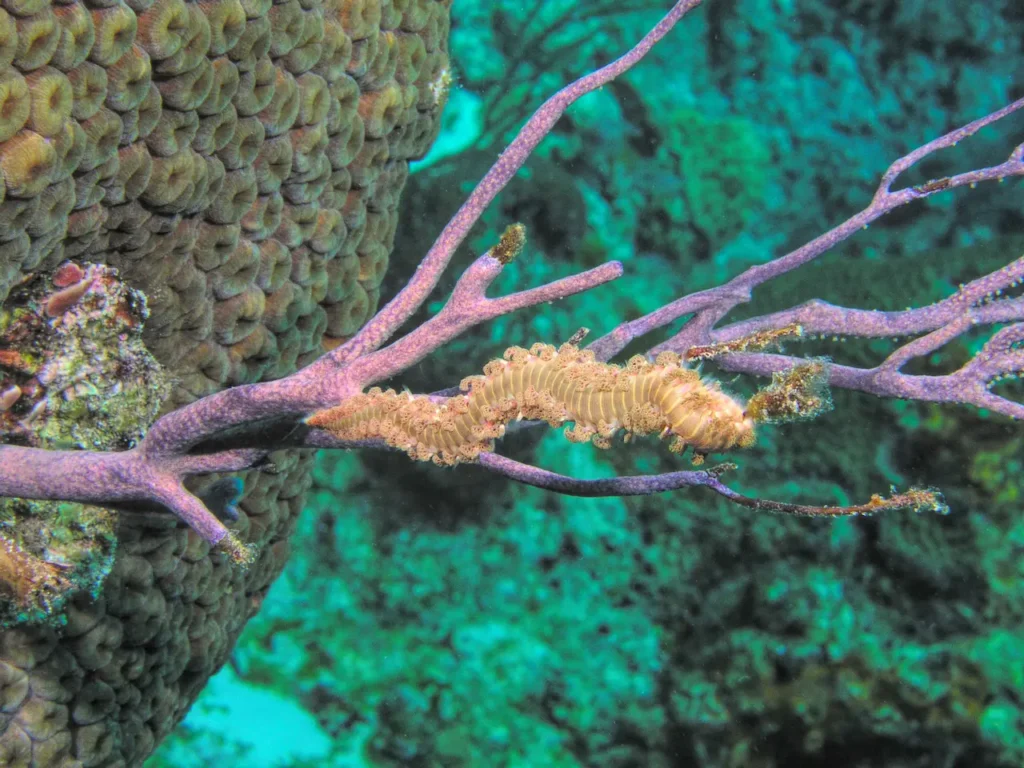
A Bristle Worm On Hard Coral
Abalone
Abalones, a type of mollusk, are another significant consumer of kelp. These creatures primarily feed on algae, but they also consume kelp as part of their diet. Abalones use a structure called the radula, a set of teeth, to scrape kelp off rocks. However, abalones are themselves vulnerable to predation, particularly by humans, who prize their nutritious meat and shells. Overfishing has led to a decline in abalone populations, with some species now considered endangered. The depletion of abalones not only impacts their species but also affects the broader marine ecosystem, as abalones help regulate algae growth in their habitats.
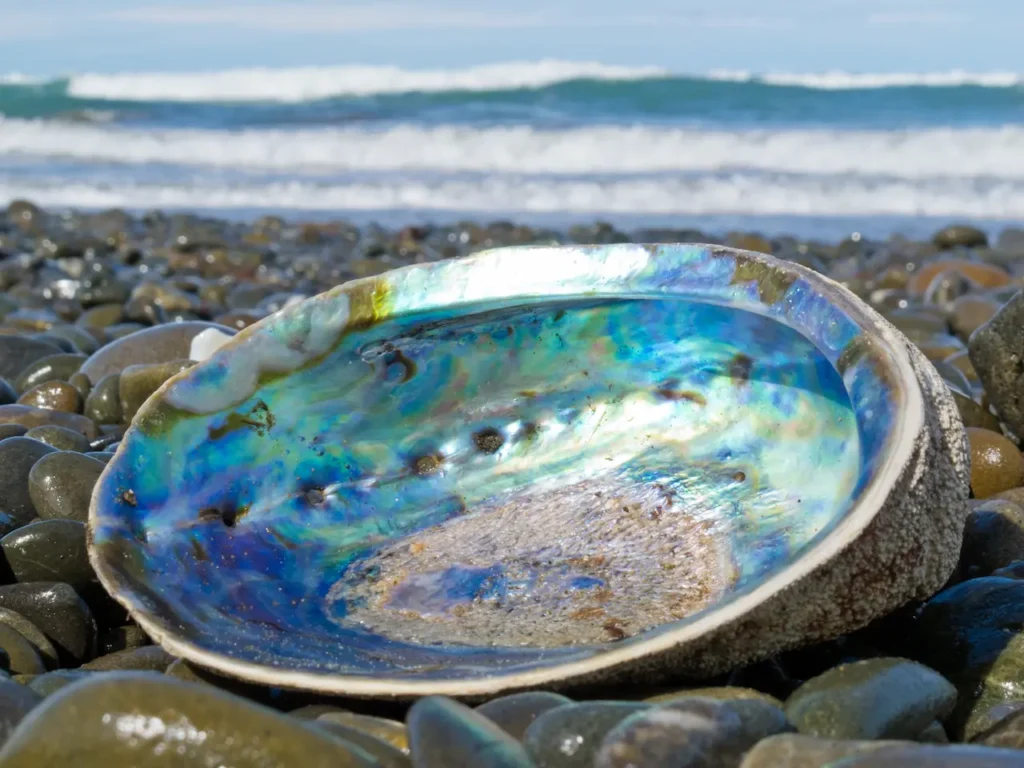
Empty Abalone Shell Upside Down
Kelp Crabs
Kelp crabs are essential to coastal ecosystems, especially those along the Pacific Ocean. These crustaceans primarily feed on kelp and play a crucial role in maintaining the balance of kelp forest ecosystems. By consuming kelp, kelp crabs help control the growth of these vital marine plants, contributing to the overall health and biodiversity of coastal environments. Understanding the ecological interactions between kelp crabs and their food source is vital for the conservation and management of these ecosystems.
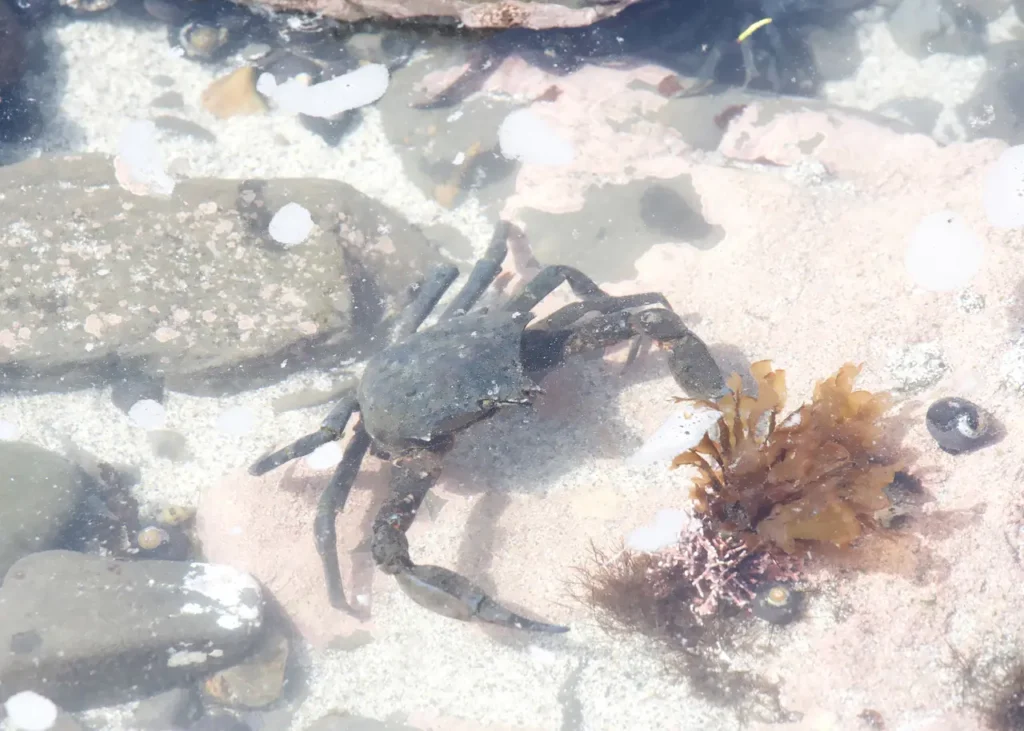
Kelp Crab In Shallow Water
Sea Urchin
One of the main consumers of kelp is the sea urchin, a creature found in rocky underwater habitats where kelp forests provide the majority of their diet. Sea urchins are known for their ability to scrape kelp from rocks using a specialized feeding structure called the Aristotle lantern, which consists of five teeth arranged in a circle. While sea urchins play a role in controlling kelp growth, their populations can become problematic if left unchecked, leading to the destruction of entire kelp forests. This has prompted scientists to explore methods of controlling sea urchin populations, such as grooming sunflower sea stars, a natural predator of sea urchins, to restore balance to these ecosystems.
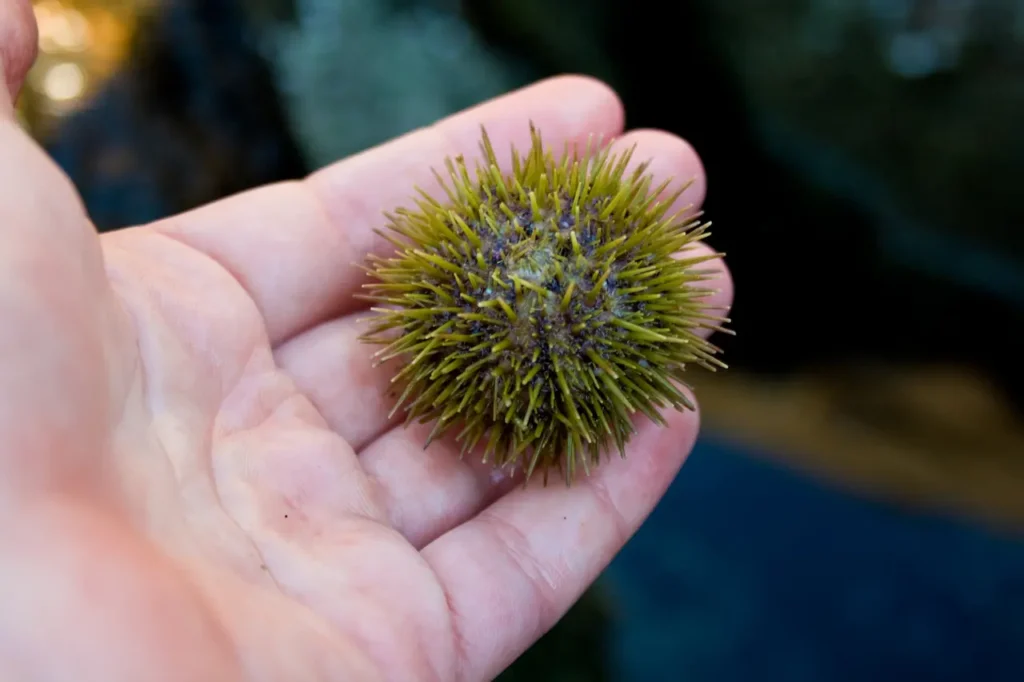
Person Holding A Green Sea Urchin
Prawns
Prawns, often confused with shrimp due to their similar appearance, are another species that feed on kelp. Prawns use their claws to rip off pieces of kelp to eat, but they are not considered a significant threat to kelp forests because they do not consume kelp in excess. Prawns are preyed upon by humans and other fish in their ecosystem, and they play a role in maintaining the balance of their marine habitats. The majority of prawns’ prey is found in kelp forests, where they also make their home.
Halfmoon Fish
The Halfmoon fish, named for the shape of its tail, is another important consumer of kelp. This fish plays a crucial role in the ecosystem by preventing the overgrowth of algae in the ocean. The Halfmoon fish’s diet primarily consists of algae, kelp, and other marine creatures such as crustaceans and mollusks. Inhabiting kelp forests, rocky reefs, and oil rigs, the Halfmoon fish is most prevalent in California. However, these fish are also preyed upon by seals, sea lions, larger fish, and marine birds, which helps maintain the balance of their populations.
Pacific Blue Tang
The Pacific blue tang is a brightly colored fish found in the Pacific and Indian oceans. Despite its seemingly harmless appearance, the blue tang is known for its defensive capabilities. While the blue tang primarily feeds on kelp, algae, and seaweed, it can also consume other seafood such as plankton. However, when removed from its natural habitat, the blue tang’s diet can expand to include shrimp and bloodworms from aquariums. It’s important to note that the blue tang’s flesh can be poisonous to humans if consumed, making it a formidable species in its own right.
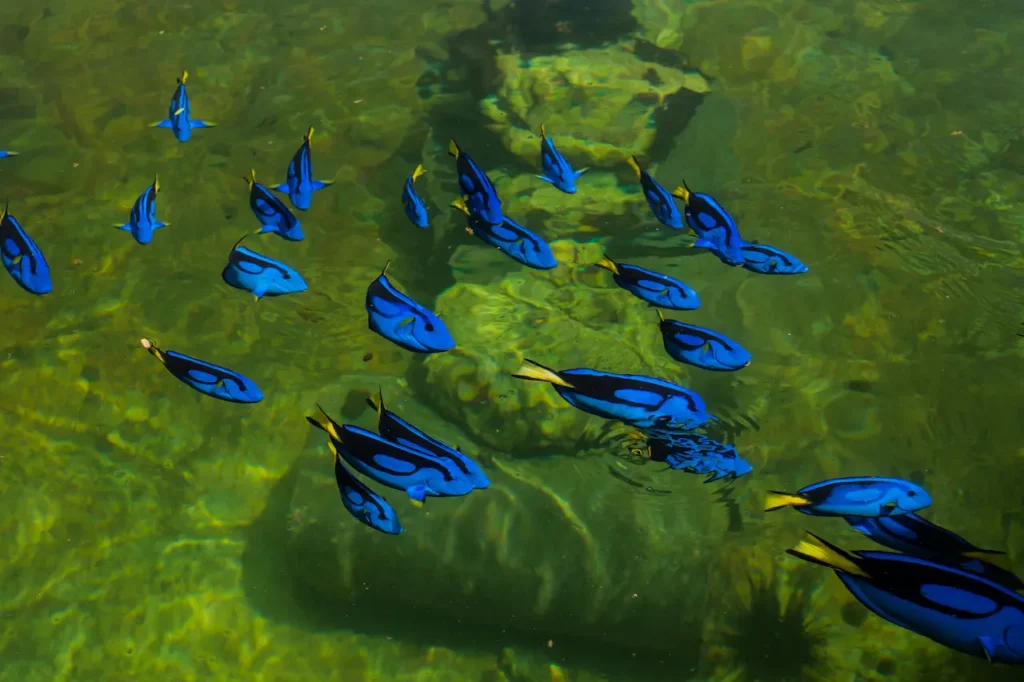
School Of Regal Pacific Blue Tang Fish
Conclusion
The interactions between marine creatures and kelp are essential to maintaining the delicate balance of coastal ecosystems. While certain species like kelp crabs and Halfmoon fish help regulate the growth of kelp, others such as sea urchins and bristle worms can pose a threat to kelp abundance if their populations are not controlled. Human activities, such as overfishing of abalones, have further disrupted this balance, putting important species at risk. Conservation efforts are crucial to preserving kelp forests as vital habitats and food sources for marine life, ensuring the health and stability of these ecosystems for future generations.

